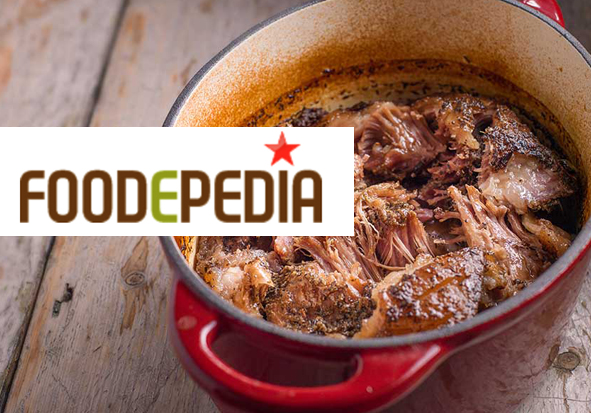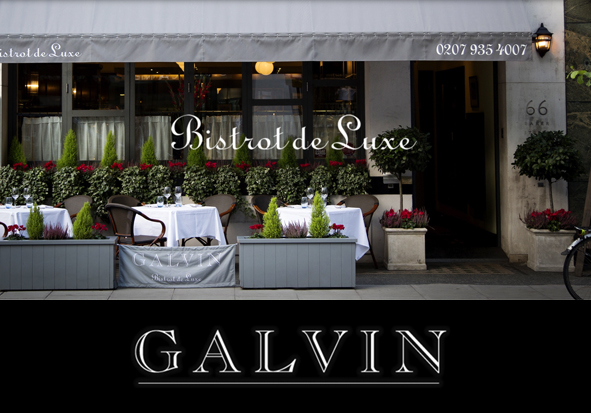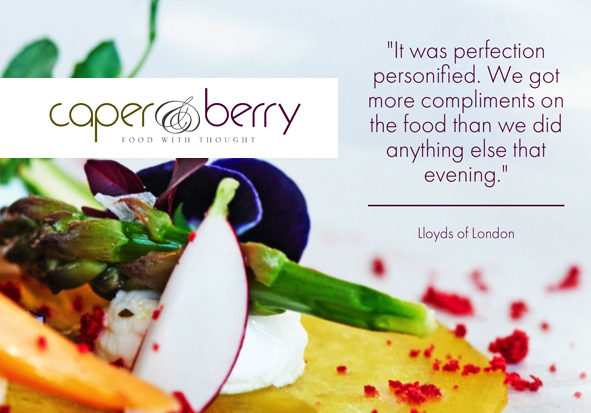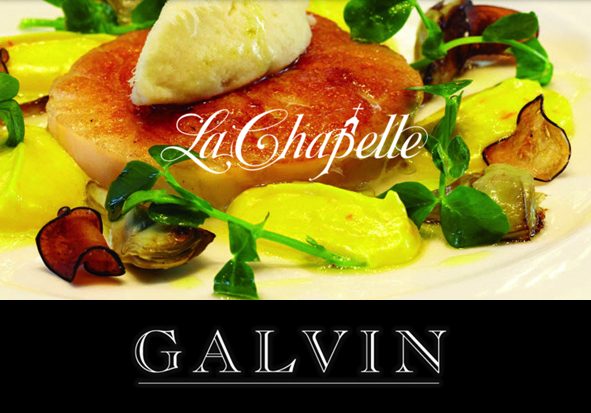FOOD
Surrey’s Premier Lifestyle Magazine
At their best... RIGHT NOW
Crates Local Produce is located centrally within the historic market town of Horsham and bursts with fresh, seasonal food sourced directly from local producers. For more details see www.crateslocal.co.uk. Follow on Twitter @crateslocal or Facebook page Crates Local.
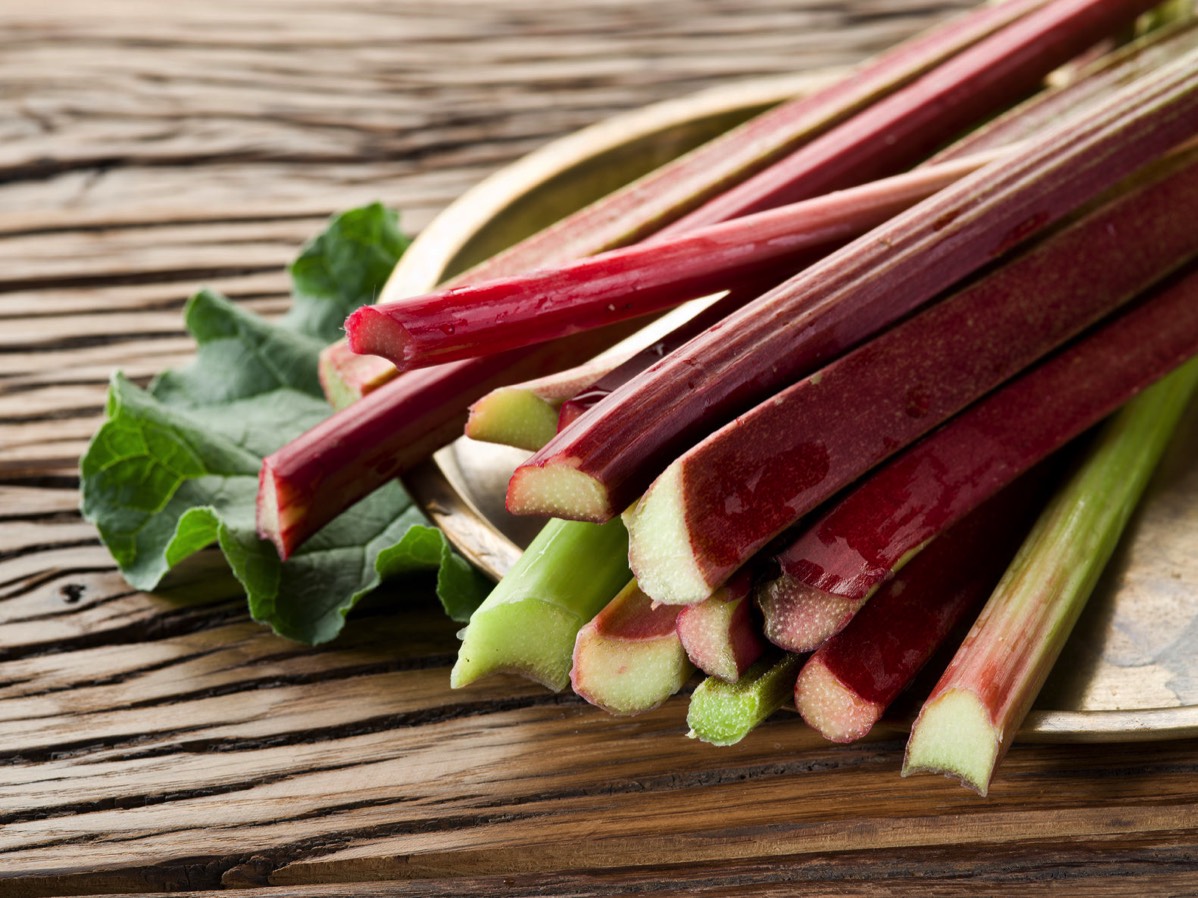
Rhubarb
Outdoor rhubarb is quite a different story to earlier forced rhubarb. It is more astringent and not as tender, but a fabulous addition to any oily fish and for many puddings. Main crop rhubarb is available at a much better price point without the large overheads of forced rhubarb grown in huge, dark sheds and picked by candlelight.Even though officially a vegetable, rhubarb is usually treated as a fruit and, therefore, one of the first of the ‘fruits’ of the warmer season. Rhubarb is too tart to eat raw, but works very well stewed with any natural sweetener and is fabulous with ginger. Go for the crispest and plumpest stems, but definitely discard the leaves as they contain a poisonous oxalic acid. After washing, strip off the tough, stringy ribs and slice the rest of the stalk. It will wilt quickly, so store in the fridge with the leaves still on until ready to eat.
Photo Copyright: Valentyn Volkov, 123rf.com
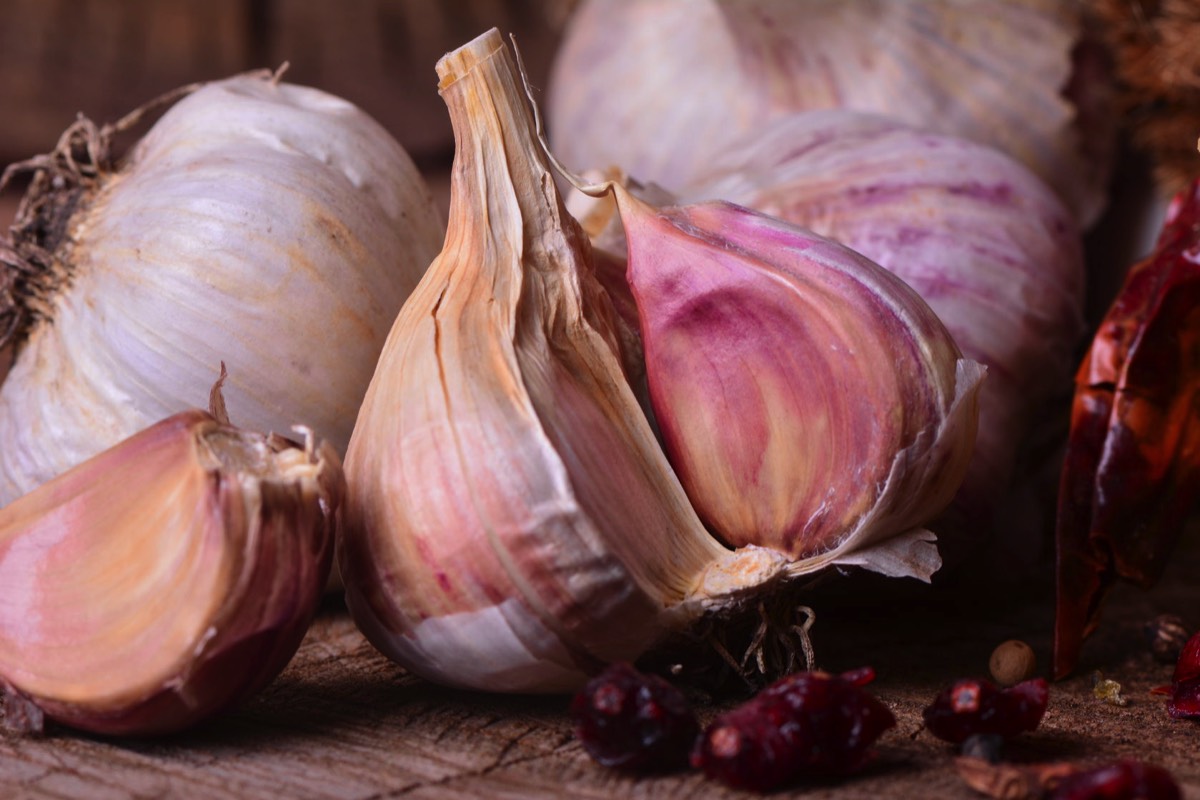
Garlic
Garlic has been added to food for thousands of years as flavouring. A member of the onion family, related to shallots, leeks and chives and originally found in central Asia, for centuries garlic has been hailed as a healer. It is now proved that allicin is the active component in garlic that fights infection, helps to prevent heart disease and combats many other disorders. Today, there are hundreds of sub-varieties of garlic, all differing in taste, but what most share is an ability to naturally dry, making them ideal for storing.The south of England has become a regional garden for garlic, with several producers embracing these wonderful healthy bulbs of tastiness. Look out for the many varieties that come as fresh, dried or even smoked, and discover wild garlic freshly available in spring. For anyone concerned about garlic breath, the odour can be neutralised by chewing parsley, cardamom, mint, lemon, fennel, cloves, anise seeds, coffee beans and even drinking milk or tea.
Photo Copyright: dmytro pauk, 123rf.com
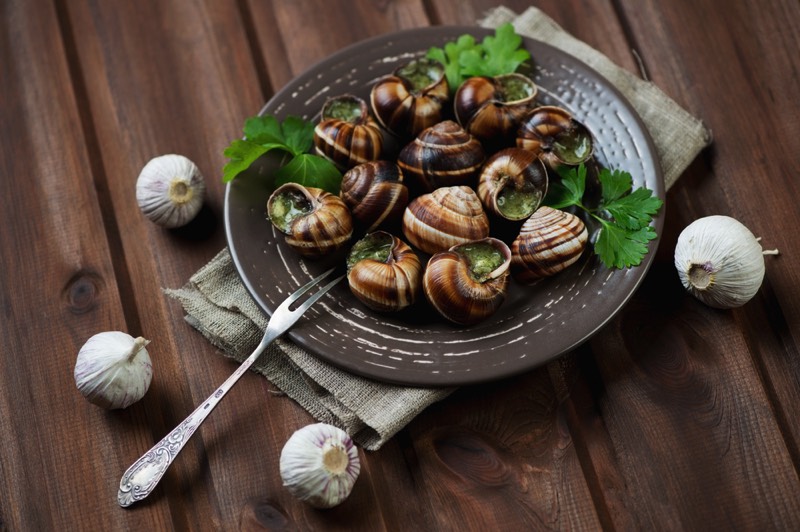
Escargots a la Bourguignonne
www.crateslocal.co.ukServes four
Ingredients:
Four dozen snails plus shells – live, pre-blanched or tinned
One cup white wine or cider topped up with water to make one litre quantity
Three cloves garlic
Two shallots
One carrot
One of each: chilli, clove, bay leaf
Pinch of cinnamon and nutmeg
Large handful parsley
Sprig thyme
250g butter
Method:
• Snails can be purchased as tinned, but there are now local snail farms selling live or blanched snails by mail order which are particularly good. If using live snails, follow the farm’s instructions on preparing and boiling.
• Make up a litre of stock by combining the wine (or cider), water, two crushed garlic cloves, one crushed shallot, chopped carrot, all the cinnamon, nutmeg, bay leaf, chopped chilli, clove, thyme and half of the parsley.
• Bring the stock to the boil, add the prepared snails (out of their shells) and simmer for at least an hour and a half, allowing the snails to really soften.
• Pre-heat the oven to 200 degrees centigrade, gas mark 6.
• Finely chop the remaining garlic and shallot and gently fry with a little of the butter in a small pan until translucent. Do not allow to brown. Add the rest of the butter and chopped parsley. Allow to melt down.
• Fill each shell to about a third each with the melted garlic butter, add a snail into each shell and pour in the remaining butter to cover each.
• Put in an ovenproof dish and cook for around five to ten minutes, just until the butter starts to bubble. Serve immediately with warm, crusty bread.
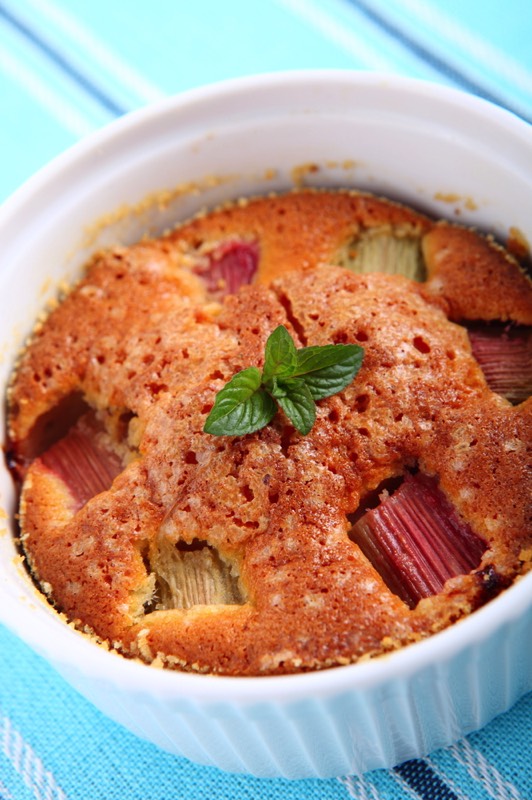
Rhubarb and ginger puddings
www.crateslocal.co.ukSix individual puddings
Ingredients:
300g main crop rhubarb
140g butter – unsalted
140g caster sugar
Two eggs, beaten
175g self-raising flour
One teaspoon ground ginger
Two stem ginger balls
One tablespoon of ginger syrup (from the jar of stem ginger)
Method:
• Line six ramekins with some softened butter and pre-heat oven to 180 degrees centigrade, gas mark 4.
• Chop the rhubarb into chunks of one to two centimetres and gently cook with one tablespoon of the caster sugar in a small pan. Stir continuously until the rhubarb just softens.
• Mix together the remaining butter and sugar until it becomes fluffy, then add in the beaten eggs slowly. Fold in the flour and ground ginger and, finally, add in the stem ginger with syrup.
• Using around three quarters of the softened rhubarb, divide between all the ramekins. Pour the sponge mixture on top of the rhubarb and place the ramekins in a deep roasting dish.
• Fill the roasting dish with hot water to around half way up the ramekins. Bake for approximately fifteen minutes and add the remaining rhubarb to the top. Finish baking for a further ten minutes or until just browning. Serve with custard or ice cream whilst still warm, straight from the ramekins (no need to turn out).
essence info
Crates Local Produce, 24a Carfax, Horsham, West Sussex RH12 1EBTelephone: 01403 256435
Websites: www.crateslocal.co.uk
